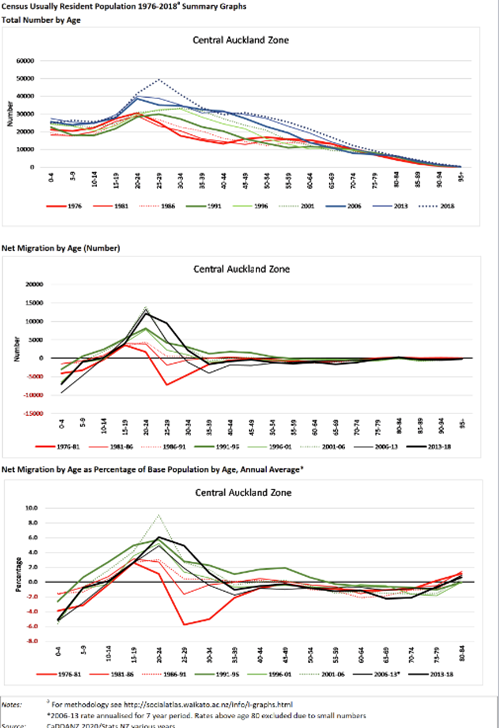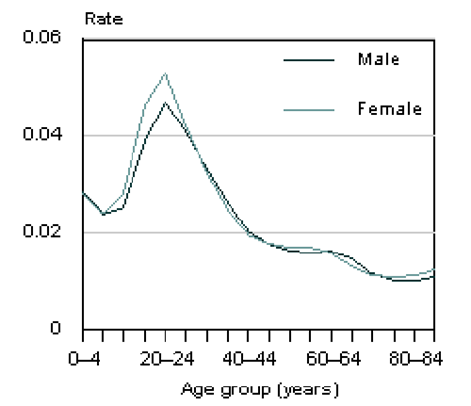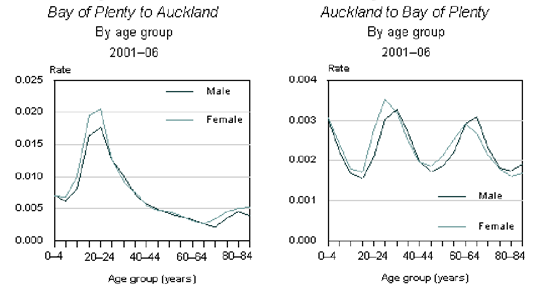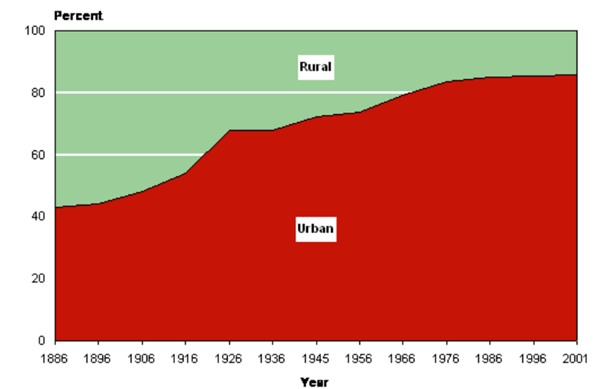Migration
1/23
There's no tags or description
Looks like no tags are added yet.
Name | Mastery | Learn | Test | Matching | Spaced |
|---|
No study sessions yet.
24 Terms
Migration
Permanent or semi-permanent relocation to a new geographical area (level and age patterns), not the same as mobility
Gateway cities
Larger cities where migrants into a country tend to initially congregate before moving to other parts of the country (Friesen, 2012)
How is migration measured?
There aren’t really any set standards to measure migration, but the rogers multiregional demography method is often used
What is internal migration
Migration within national borders
Can be from rural to urban or any mix of those things (generalised binary)
Usually migration in matches migration out, but some places are more volatile
What are the four types of migration
Internal, international, forced, and step migration
What is international migration?
Migration across national borders
Contested/invasion = when people move into an area that already has a population
Uncontested = when people move into an area that doesn’t have a population
Often relates to escaping population pressures
How did the industrial revolution impact internal migration and what is the trend in New Zealand?
The industrial revolution increased rural-urban migration, which had major implications for fertility and mortality, and changed migration patterns, easier to move without land ties
The trend in NZ had been a shift towards urbanisation
What is forced migration?
Involuntary migration, internal or external (but often international)
Direct = when people are physically forces, like the slave trade
Indirect = when people are fleeing something where they were, like refugees fleeing conflict
What is step migration?
Moving to another place in between the original place and final destination
Intentional or unintentional
May make it easier to migrate again if you’ve already moved before
How does migration relate to inequality?
Migration is often related to inequality
Inequalities can be exacerbated by migration, the reason behind it, or can be caused by migration
In general, what are the social attitudes towards migration?
Social attitudes towards migration are also not great, migrants tend to be viewed as threats
What do discussions about migration tend to focus on?
Migration from the global south to the global north, when much migration occurs within the global north
Why people move, and often don’t look at push and pull factors or why people stay
Where people migrate to, not where they migrate from
The economic impacts of migration rather than migrants themselves
What is the impact of the focuses of conversations regarding migration?
With these focuses, you aren’t considering how inequality factors in
Also ignoring the impacts of high proportions of particular demographics (men and women, educated people, young people, etc) leaving a country
According to Lenihan (2015), what were the social conditions in Scotland leading to migration in the 19th century?
Scotland saw increasing industrialisation, an agricultural revolution, famines, and the Highland clearances in the 19th century which influenced migration
What were the forms of migration Lenihan (2015) observed?
There was internal migration in Scotland before external, external migration to NZ, and step migration on their way to NZ
Return migration didn’t seem that common due to the cost and distance, but it’s hard to know due to sample size and unclear statistics, and a biased dataset
What does Friesen (2012) mean by saying there is an inverse relationship between international and internal migration and what reasons for this do they propose?
More international immigration usually leads to less domestic immigration and more domestic emigration
Cultural avoidance and increased job market/housing pressures
According to Friesen (2012), was Auckland a staging post for Asian migrants?
Friesen (2012) found no evidence that Auckland was a staging post for Asian immigrants as few left and many moved in during the time period
According to Friesen (2012), why is it better to focus on why people stay, and what reasons do they posit for staying?
Because people don’t move around lots
Reasons could include better jobs/schools or that there are lots of same-ethnicity migrants so there is infrastructure (mosques, temples, churches, cultural centres, etc) or their businesses rely on them

What do these graphs show?
Net migration by age in Auckland

What does this graph show?
Internal migration rates in NZ by age group

What do these graphs show?
Migration rates by age group into Auckland and into the Bay of Plenty, more young people into Auckland and some older people (pull factors like university and care facilities), but in BOP, more young families with children and retirees

What does this graph show?
The proportion of (mostly Pakeha) people living in urban and rural areas in NZ over time

What does this graph show?
The proportion of Māori people living in urban areas vs rural over time

What does this graph show?
Numbers of internal migrants into and out of regions in NZ (in thousands)